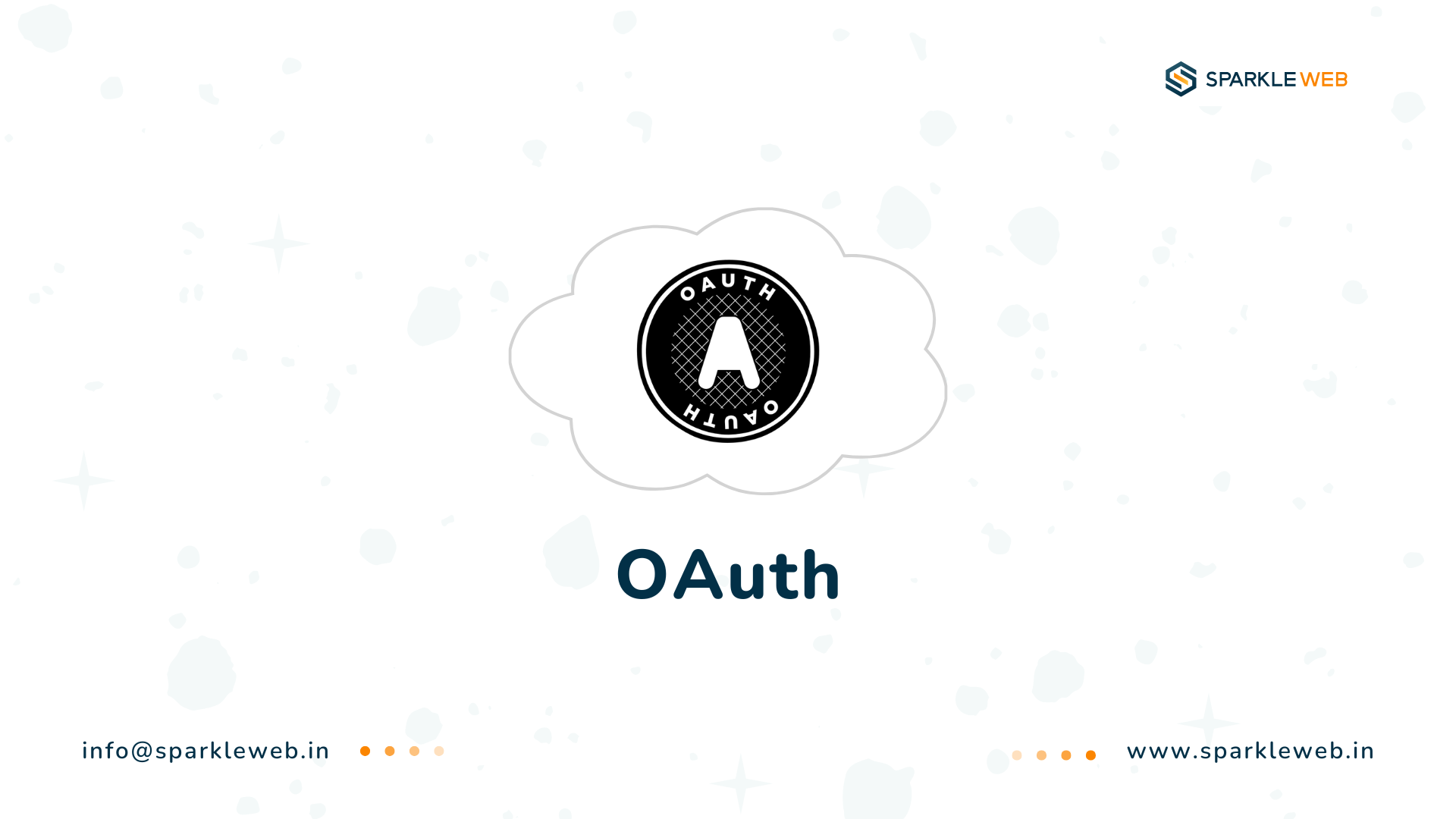In today’s world, where almost everything happens online, protecting access to applications is more important than ever. Businesses must ensure their systems are secure while making it easy for users to log in. This is where
Single Sign-On (SSO) comes in. SSO allows users to log in once and access multiple applications without needing to sign in again for each one.
However, deciding which SSO protocol to use can be confusing. Two popular options are OAuth and SAML, each designed for specific needs. As weak passwords are responsible for 80% of data breaches (according to Gartner), choosing the right protocol is crucial for improving security and user experience.
In this detailed guide, we will explore OAuth and SAML, compare them, and help you decide which one is best for your business.
What is OAuth?
OAuth stands for Open Authorization. It is an open standard protocol that allows secure sharing of information between applications. With OAuth, third-party apps can access certain parts of a user’s data without needing the user’s login credentials.
Key Features of OAuth
1. Token-Based Security: Instead of sharing usernames and passwords, OAuth uses tokens to grant access. These tokens are like temporary keys that let an app access specific information for a limited time.
2. API-Centric: OAuth is often used in applications that require access to APIs (Application Programming Interfaces). This makes it ideal for mobile and web apps.
3. User-Friendly: It makes the login process simple for users. For example, many apps allow you to log in with Google or Facebook using OAuth.
Key Statistics About OAuth
-
60% of organizations use OAuth for securing their APIs.
-
85% of consumer-facing apps, such as Facebook and Google, use OAuth to handle user logins.
Benefits of OAuth
-
Better Security: By using tokens instead of passwords, OAuth reduces the risk of credentials being stolen.
-
Flexibility: OAuth works well for various applications, from mobile apps to web-based platforms.
- Faster Logins: OAuth makes it easy for users to log in with just a click, improving user satisfaction.
Examples of OAuth in Action
-
When you log in to a website using your Google or Facebook account, you are using OAuth.
-
Mobile apps like Uber and Spotify often rely on OAuth for secure access to user data.
What is SAML?
SAML, or Security Assertion Markup Language, is a protocol designed specifically for Single Sign-On (SSO). It uses XML (a data format) to share authentication information between an Identity Provider (IdP) and a Service Provider (SP).
Key Features of SAML
1. Enterprise-Focused: SAML is commonly used in business settings to manage access to internal systems like HR software, ERP platforms, or employee portals.
2. SSO Integration: SAML eliminates the need for users to log in multiple times, making it easy to access different tools with a single login.
3. Secure Data Exchange: The XML-based system ensures that sensitive data remains secure during authentication.
Key Statistics About SAML
-
70% of large businesses use SAML for internal authentication.
-
SAML can reduce the time spent logging in by 40%, boosting productivity for employees.
Benefits of SAML
-
High-Level Security: SAML is built for enterprises and provides strong protection for sensitive data.
-
Seamless User Experience: Employees can access multiple applications with one login, saving time and hassle.
- Works Well for Internal Systems: It’s ideal for connecting enterprise tools and applications.
Examples of SAML in Action
-
When employees access internal portals, such as payroll systems or HR tools, they often use SAML for authentication.
-
Many enterprise resource planning (ERP) systems use SAML for secure logins.
Comparing OAuth and SAML
When Should You Choose OAuth?
Choose OAuth if
When Should You Choose SAML?
Choose SAML if
-
You are managing enterprise systems with many users, such as HR tools or company portals.
-
Your business deals with sensitive data that requires a higher level of security.
- You want employees to have a smooth SSO experience across internal tools.
The Future of SSO Protocols
As digital transformation grows, the need for strong, user-friendly authentication methods will also increase. The global market for SSO solutions is expected to reach $1.6 billion by 2026, driven by rising cybersecurity threats and the demand for easy access.
Both OAuth and SAML will continue to play an important role, ensuring security and convenience for businesses and users alike.
How Sparkle Web Can Support
We understand how important security and user experience are for your business. That’s why we offer customized SSO solutions using OAuth, SAML, and other protocols.
Why Choose Sparkle Web?
-
We are experts in OAuth, SAML, and OpenID protocols.
-
Our solutions have helped over 100 businesses improve their security and reduce login issues by 50%.
- We tailor every solution to fit your business needs perfectly.
Conclusion
Choosing between OAuth and SAML depends on your goals. OAuth is best for consumer-facing apps, while SAML is ideal for enterprise environments. Both protocols have unique strengths, and the right choice can improve security and user satisfaction.
Let
Sparkle Web support you secure your business and creating a smooth login experience for your users.
Contact us today to get started!






Dipak Pakhale
A skilled .Net Full Stack Developer with 8+ years of experience. Proficient in Asp.Net, MVC, .Net Core, Blazor, C#, SQL, Angular, Reactjs, and NodeJs. Dedicated to simplifying complex projects with expertise and innovation.
Reply